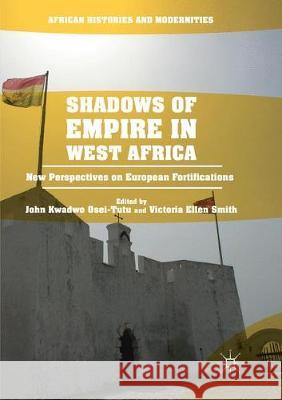Shadows of Empire in West Africa: New Perspectives on European Fortifications » książka
topmenu
Shadows of Empire in West Africa: New Perspectives on European Fortifications
ISBN-13: 9783319818573 / Angielski / Miękka / 2018 / 368 str.
Shadows of Empire in West Africa: New Perspectives on European Fortifications
ISBN-13: 9783319818573 / Angielski / Miękka / 2018 / 368 str.
cena 342,95
(netto: 326,62 VAT: 5%)
Najniższa cena z 30 dni: 327,68
(netto: 326,62 VAT: 5%)
Najniższa cena z 30 dni: 327,68
Termin realizacji zamówienia:
ok. 22 dni roboczych
Bez gwarancji dostawy przed świętami
ok. 22 dni roboczych
Bez gwarancji dostawy przed świętami
Darmowa dostawa!
Kategorie BISAC:
Wydawca:
Palgrave MacMillan
Seria wydawnicza:
Język:
Angielski
ISBN-13:
9783319818573
Rok wydania:
2018
Wydanie:
Softcover Repri
Ilość stron:
368
Oprawa:
Miękka
Wolumenów:
01











